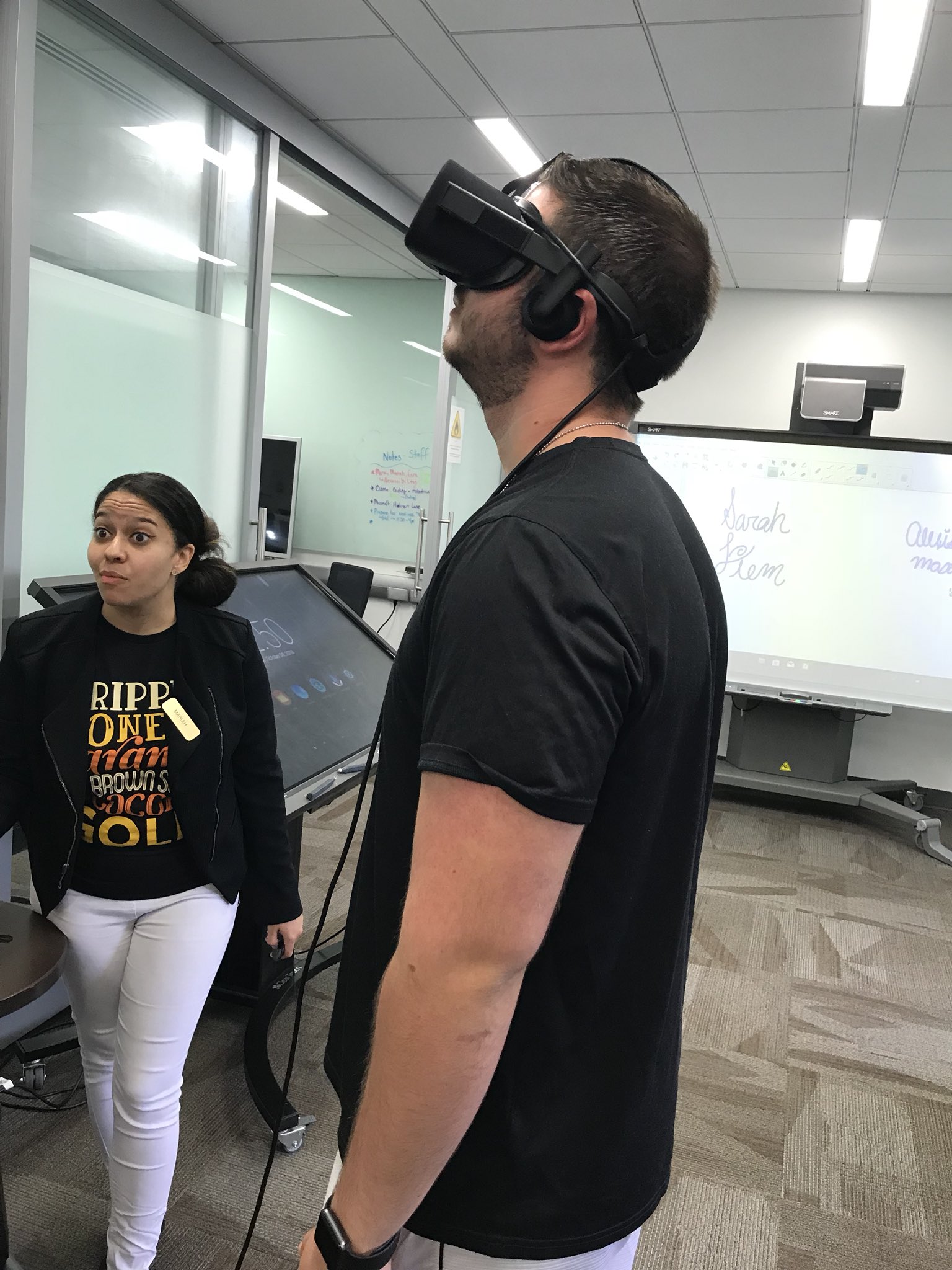Notes:
Unit 1: The Educational Technology Landscape
- Focus on what subject I want to teach and how this can relate to that
- Re-watch the course to focus on how this media can apply to other subjects
- Inform students of licensing/copyright when using images and videos online
- Know the goals of my multimedia = Provide interactive media (Images/colors/video clips) and hone in on what skills they should learn
- Provide materials for parents that are both online and offline
- Provide instruction for parents to teach your lesson to student (if student did not grasp this in lesson in class)
- Unrestricted access for parents is more beneficial than a parent-teacher conference
- This allows your materials to be helpful for multiple learning styles
- Make students/parents aware of legal limits of online use (fair use/copyright)
- Teach and display the Data Protection Act
- Show the search tools on Google/search engine to filter copyrighted materials
- Teach students how to write an email/reach out to content owners to ask permission for using works (Images, music rights, clips, etc.)
-Keep content organized (Make a folder, make sub-folders, put similar files like PP's together)
- Format all pages/files similarly so students know where to go and find them
- Include both video and audio to make your lessons have media-rich content
- Be aware of what content will go in your materials
- Have students consume the content, have them think about what they are doing,
- Also have them make firm decisions based off of what they read/write
- Check student progress/understanding through simple quizzes
-Ex. iBook Author, Adobe Presenter, Storyline, Google Forms
- Don't overload with content, focus on what you need them to grasp
- Capture content with cameras, screen recordings, film, phones, etc.
- Upload content so students/parents can watch, re-watch to learn, and refer back to
- Email the content, post to social media, put in drop box
Unit 2: Practice Educational Technology Tips
- Create a list of links for students/parents/other teachers
- Use MW, PP, Keynote, Flipsnack, Dropbox, Animato, Edmodo, Padlet
- Split content by subject area or chronological time order
- Choose whether people can view, edit, or comment on the document
- Share links with students to help them complete their work
- Do not forget to share with parents/other teachers
-Make sure your audience knows how to find and utilize the document
- Allow students to use their devices in class to take advantage
- Let students take photos of what they are studying
- Allow students to annotate documents on MS Word
- Post/share creations and class activities on Dropbox so students can review
- Allow students to take videos of their teacher in class
- Upload videos of your lessons to Youtube for them to watch
- Include information so students can find these videos quickly
- Use Microsoft PP to make video-based presentations
- Create your own QR Codes for students to roam around and scan their phones at them to view files/videos
-Use
QR-code-generator.com
- Place these QR Codes either around your room, or around the school to share your desired information
- Use the free Pro version of Google Earth to teach
- Can be used for historical locations, geography, travel, English, etc.
- Use it to create a Welcome Pack to show new teachers/students/parents around the school and area
- Use Google Search by filtering content on the menu under the search bar
- Can use audio vocals to speak into the microphone
-Google Scholar can be great for older students to search for mature articles, instead of general searches
-Can search for documents, citations, scholarly articles, etc.
- Publish student work on the app called Book Creator
- Can customize the layout, color, text, type of book, title, etc.
- Transfer book to iBooks and share with parents/students/teachers/world
- Adobe Comp CC is free to make usable and mobile comps such as artwork
- Draw your own shapes, or use the custom made options
- Can transfer your comp to Photoshop, Illustrator, InDesign, etc.
- Explain Everything is an whiteboard tool app to show students what you want them to learn
- Draw/organize slides into either a video or a PDF for students to consume
- Export creation to your photo library where you can then share
- You can annotate, narrate, share, download almost anything
- Use Lynda or YouTube to review content and have instructions with technology
- Utilize the free tools/apps available for your classroom
- Ask students what platforms/apps would they like to use or learn with
- Ask other teachers what they use in their classrooms









